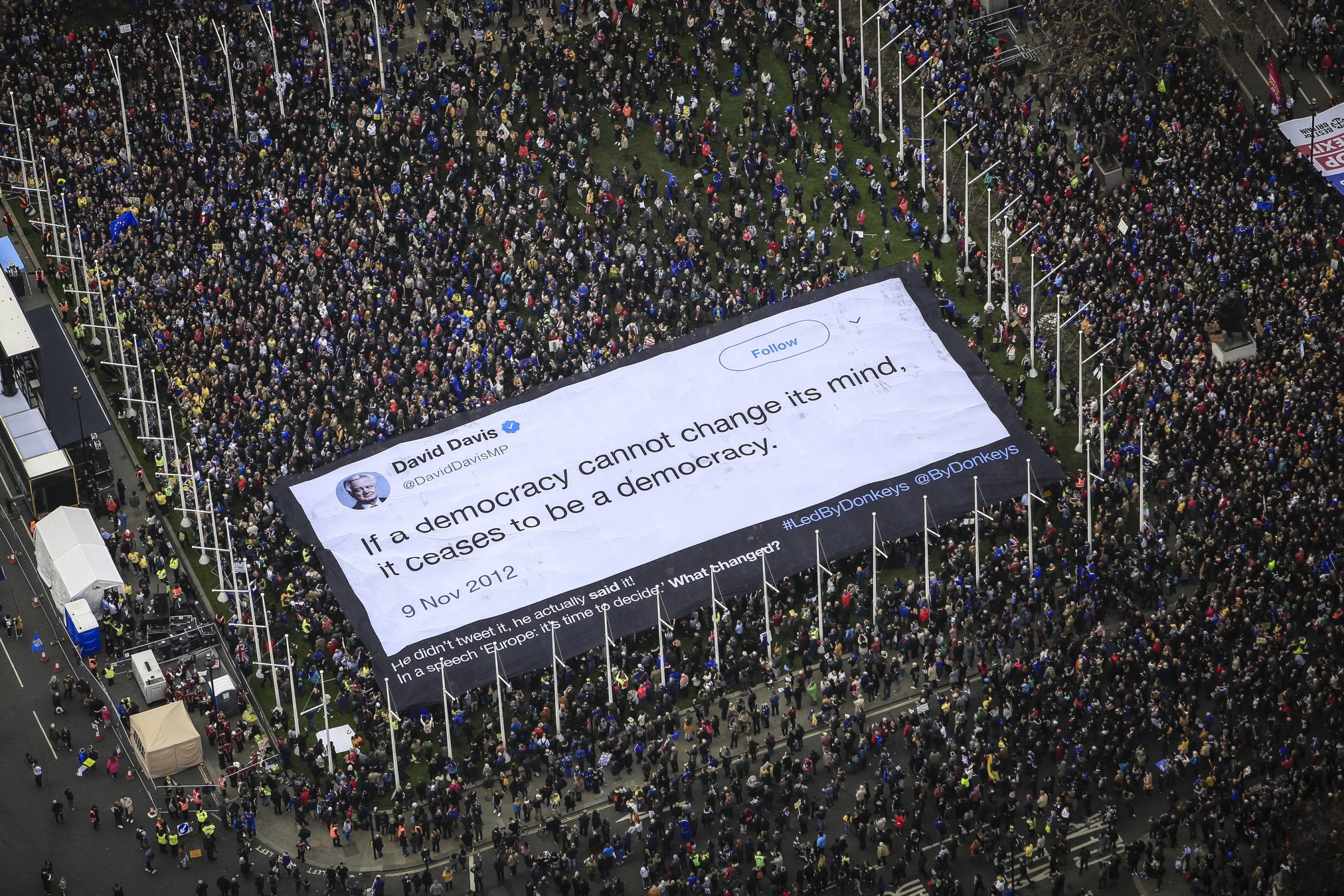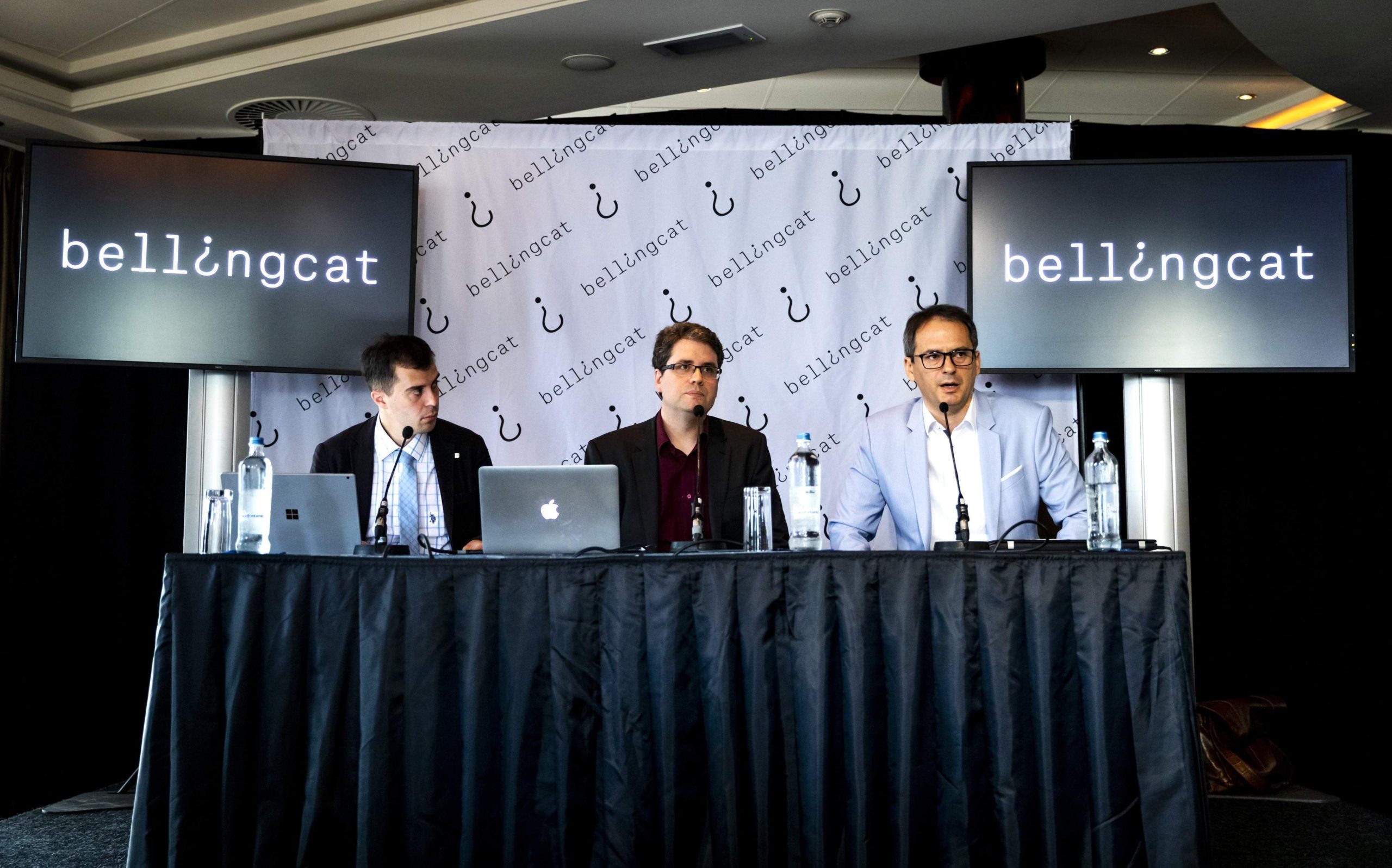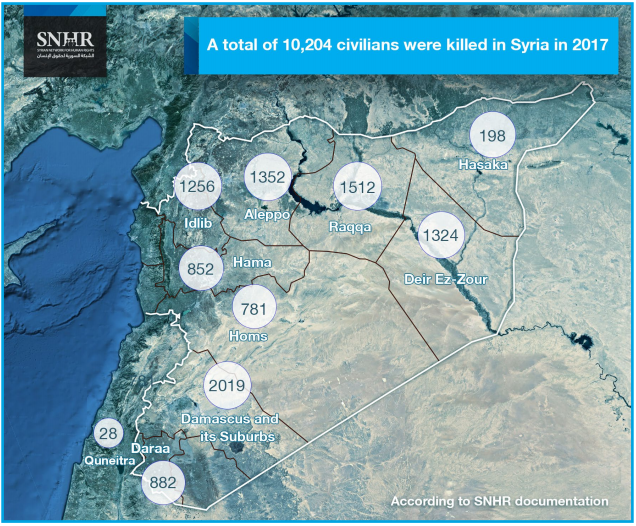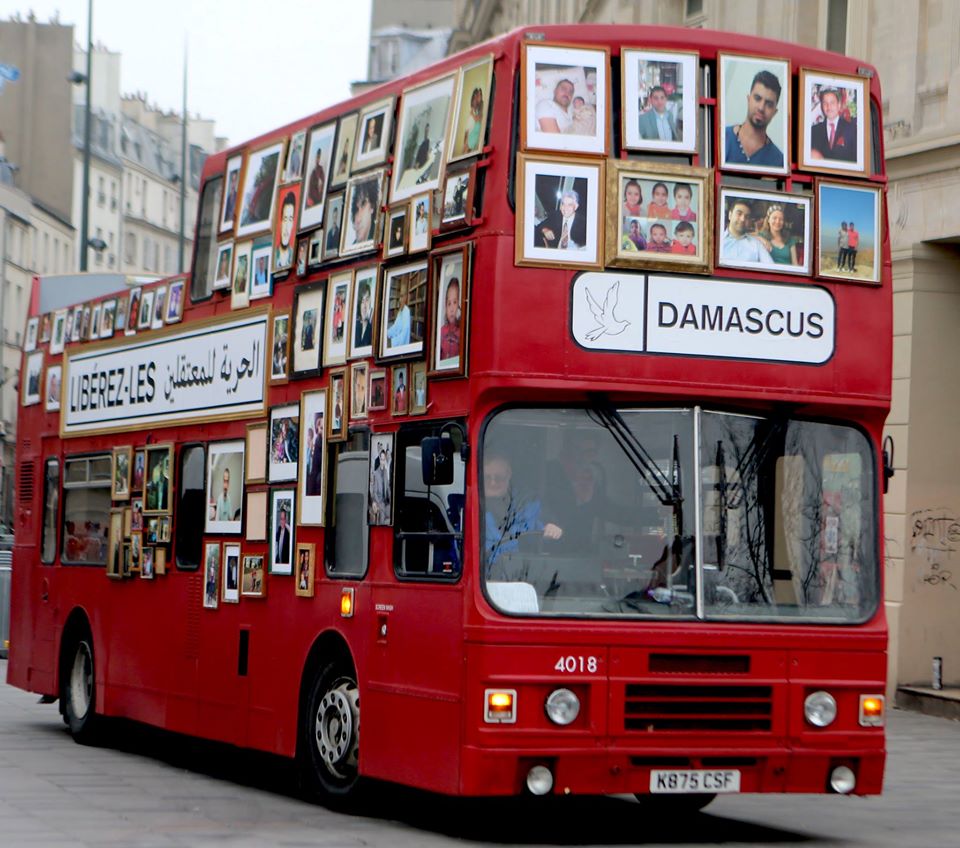Building a campaign: where to start?
When a group of people are working together towards one goal, to challenge the powers that be and create change in the world, they are campaigners running a campaign.
Their campaign will be made up of one or more activities and events all working towards achieving that goal. So, when building a campaign, it’s always wise to start by defining your goal. Dream big but be specific.
Your Goal
When you’re starting out or even revising an old campaign, it’s always good to step back and ask: “What is our big-picture goal?”
It’s important the goal can be expressed simply and understood by everyone in your team. If your campaign gets into unexpected waters or a new but unplanned opportunity arises, your overall goal can help guide you to make decisions about the next steps.

Theory of Change
Developing your ‘theory of change’ is a simple, effective way to help you figure out how you can achieve your goal. It requires thinking about the change you want to see in the world, and what you think is needed to make that change happen.
In its most simple format, a theory of change is articulated in one sentence that follows this formula: “In order to achieve X, we must do Y.” Some examples of a theory of change are:
– “In order to stop corruption in the Ministry of Health, we must shame and expose the Minister’s bad financial practices.”
– “In order to stop the Lebanese government’s ill treatment of Syrian refugees, we must pressure donor countries to use their influence and demand change.”
– “In order to prevent humanitarian funding from drying up, we must break the silence around the desperate conditions in camps for the internally displaced.
Some organisations or campaigners prefer to use more complicated theories of change, that include multiple different steps, and for example require you to outline all your assumptions as well. But expressing your campaign approach in this simple format (“In order to achieve X, we must do Y”) is a great way to make clear what you need to do to achieve your goal.
You can make it as simple or as complex as you wish, but here are some questions that it is useful to answer to help you get there.
- What specifically is the change you want to see in the world?
- Who and what is getting in the way of your dream? Map out the individuals that you need to persuade and list all those you can work with to create change
- What is likely to persuade people to make this change happen? Is it new evidence, public pressure, a court ruling, an investigative report?
- What skills, connections, and resources can you employ to make a difference?
- Are there key dates, decisions, or events coming up that you could influence?
- How will you measure the successes, triumphs, and losses of the campaign?
Once you have a convincing theory of change, it becomes much easier to think about the story of the campaign you want to tell, as well as which tactics will fit into your theory of change and will you meet your vision.
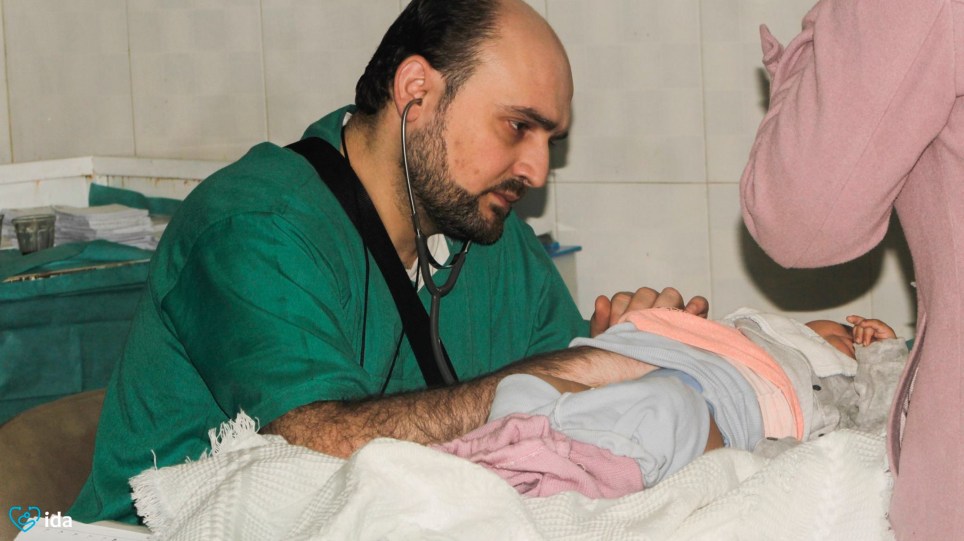
Tell a story, capture imaginations
Of course your campaign will want to encourage people to take actions. But you can’t just ask people to take action straight away. You need to make a solid case, provide a compelling argument, and tell a story that will capture the imaginations of your target audience. Crafting this narrative is one of the most important things you will do.
Here are some tips for getting started:
- Know your audience and focus on them. Don’t try to speak to the whole world
- Speak to your audience, find out what they care about, what do they read, watch, and do with their time?
- Write down your key messages, which should include the problem, cause, and solution
- Make sure you have the evidence to back up the argument you’re making
- As human rights campaigners, make sure you remember to focus on the human. Tell stories about people—their hopes, dreams, challenges, and triumphs.

Case study
Remembering Dr Maaz
- Give your audience a really specific and tangible action to take that directly feeds into the change you want to see. Essentially, make your audience part of your story

Case study
Changing Italy’s mind in 26 hours
- Remember to tell your audience how it went. People will feel encouraged to act again if they know they made some sort of difference
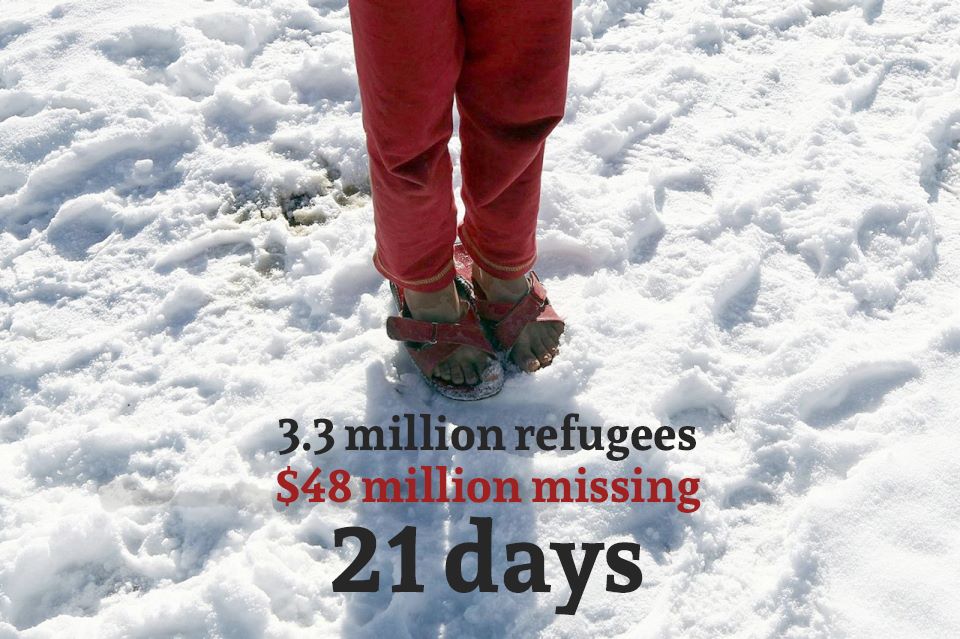
Case study
“We failed”
Making an Argument
You have to think carefully through the arguments you are making in your campaign. In particular if you are working on topics such as human rights, you can be sure that will be people who will challenge you and your arguments.
Anthony Weston, in A Rulebook for Arguments, provides a useful way to structure your arguments.
- “The very first step in making an argument is to ask yourself what you are trying to prove. What is your conclusion? Remember that the conclusion is the statement for which you are giving reasons. The statements that give your reasons are your premises.”
- “No matter how well you argue from premises to conclusion, your conclusion will be weak if your premises are weak.”
- “As you begin to formulate a position, take its basic idea and frame it as an argument. Get out a large sheet of scratch paper and literally draft your premises and conclusion in outline.”
- “Once you have spelled out your basic idea as an argument, it will need defense and development.”
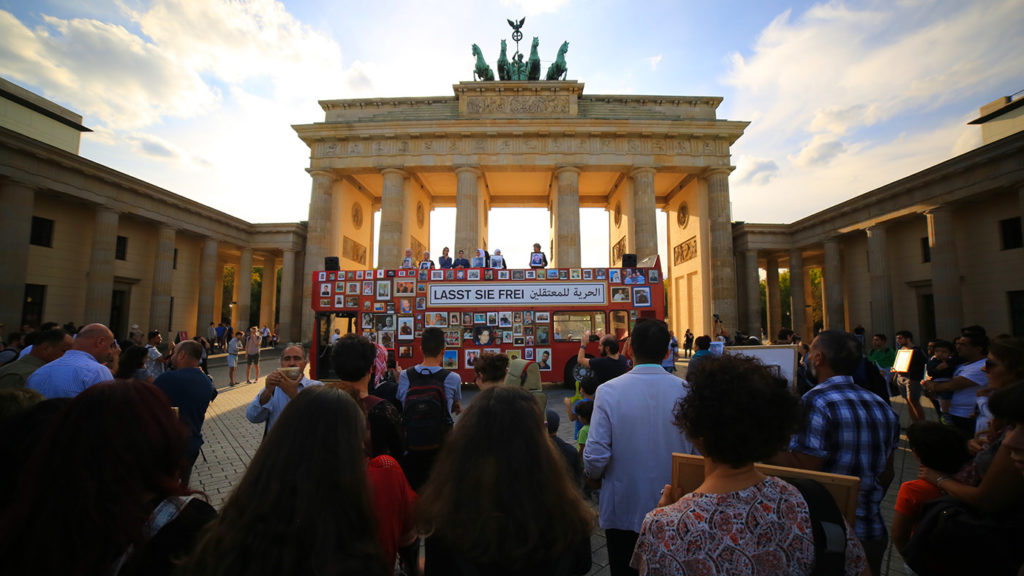
A Message of Hope
If you’re a human rights campaigner, there is a very good chance that what motivates you is your anger about the injustice you see in the world. It’s very tempting to think that the way your campaigns can have an impact is by showing people shocking images of injustice: the victims of war, or poverty, or discrimination. If you can shock your audience with these images, perhaps you can make them take action?
It’s certainly true that shocking images can sometimes prompt people to respond. In the case of Syria, the photograph of the body of the three year old boy Alan Kurdi lying dead on a beach in in 2015 prompted a wave of media coverage. However – our experience is that shocking images only prompt a short-term reaction of horror. This might be useful at times, and it can bring attention to your issue. However – it can also have the opposite effect: if the situation looks so grim, it can force people to look away. If you really want people to understand an issue and to take action, you need to show that there is hope too, and they can help.
In our campaigns we have always tried to show:
- There is a solution. No matter how bleak the situation, there will always be things that can be done. These solutions might not be easy ones, and you might have to take time to think about what they are. But all problems have answers, and as campaigners it is part of your job to find them and show people how they can be brought about.
- The work of heroes. Syria is full of heroes. Some work in organisations, some find other ways to help their communities as individuals. Showing the work of groups like the White Helmets and Families For Freedom, or journalists and filmmakers, like Hiba Barakat and Waad Al Kateab, is a way to show the positive steps that people are taking for themselves. This is always a more hopeful message than just showing people who are victims.
- A vision of a better future. It was the hopes for freedom and a better future that brought Syrians onto the streets in 2011. Keeping that vision as part of our campaigns is a vital part of giving people the energy and inspiration to take action.
Call to Action
The whole point of a campaign is to create a specific change, and this is often achieved by inspiring a large number of people to do something, which then convinces those with power to create the change. Alternatively, you might reach out directly to those you are trying to persuade. Either way, you need to be very clear about what you are asking people or an individual to do. This is your call to action.
Here are examples, but don’t feel restricted to this list! Unexpected asks can capture people’s attentions. You can ask people to:
- Write to their political representative
- Sign a petition
- Call an embassy or decision maker

Case study
Italy: Stand with Syrians, not with Assad
- Wear a t-shirt
- Join a protest

Case study
Limbs at the Russian Embassy
- Share a video or piece of social media content
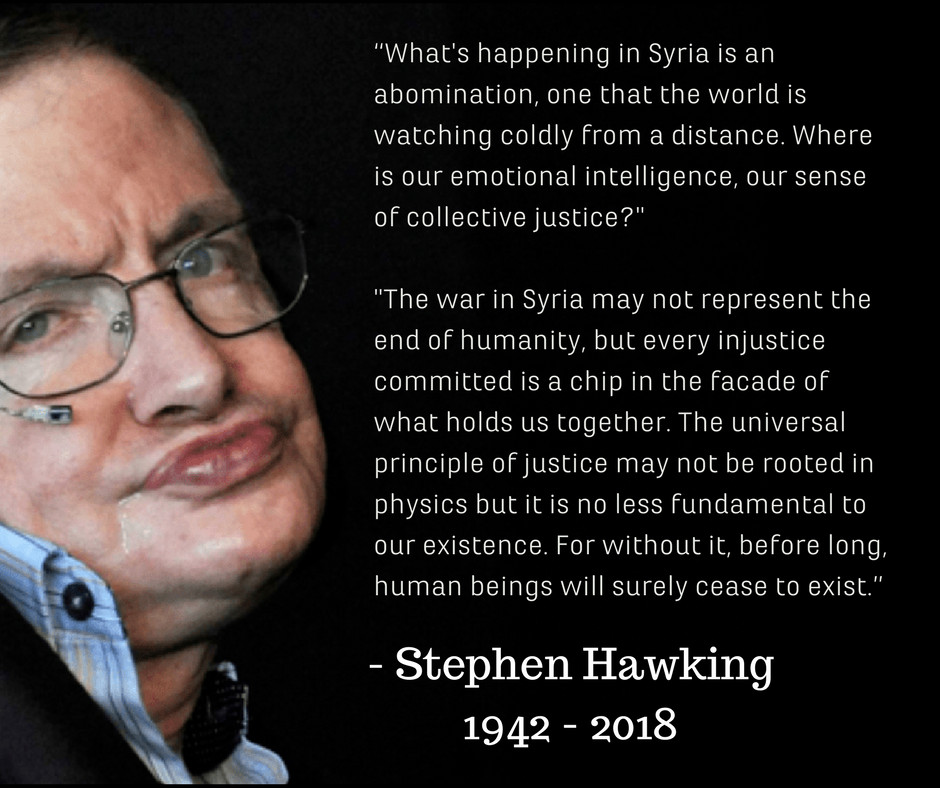
Case study
Stephen Hawking and Syria
- Post an act of solidarity or challenge

Case study
The Ice Bucket Challenge
Allies
Work out who you can buddy up or coordinate with to make your change happen. Here are some ideas:
- Other human rights activists or civil society organisations
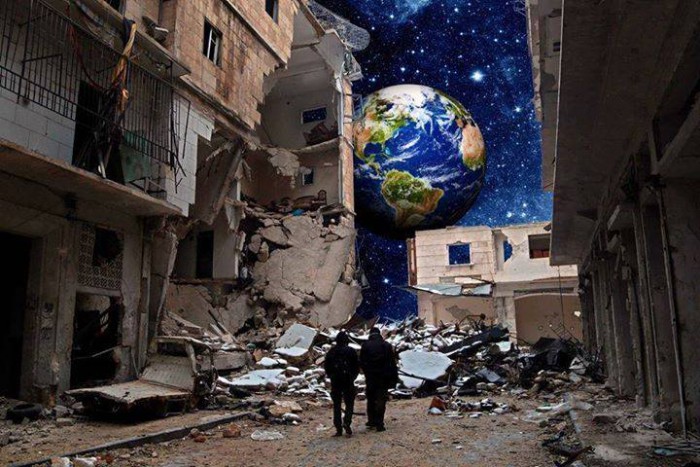
Case study
Planet Syria
- Artists and musicians
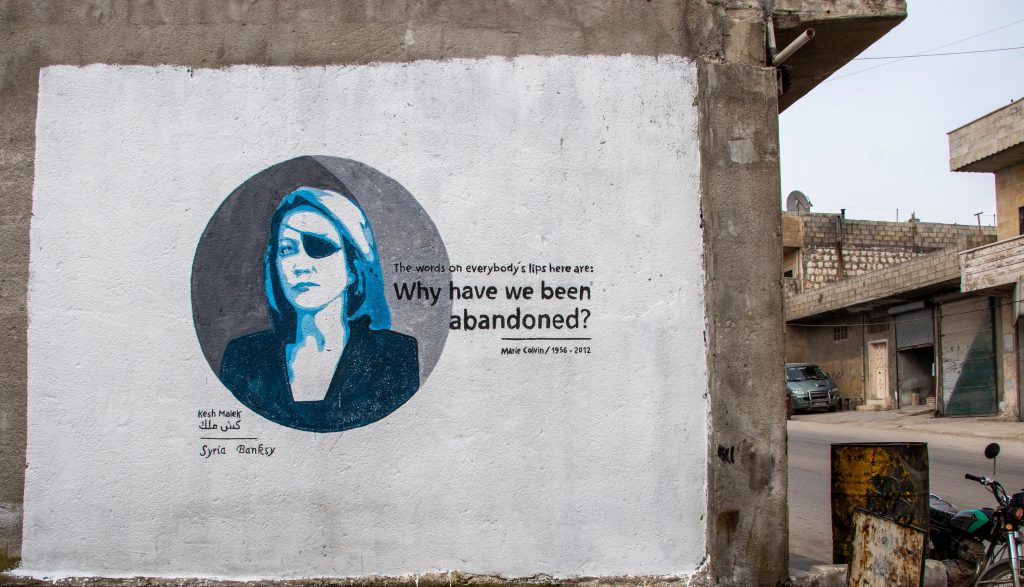
Case study
Kesh Malek Murals
- Businesses
- Creative designers and filmmakers

